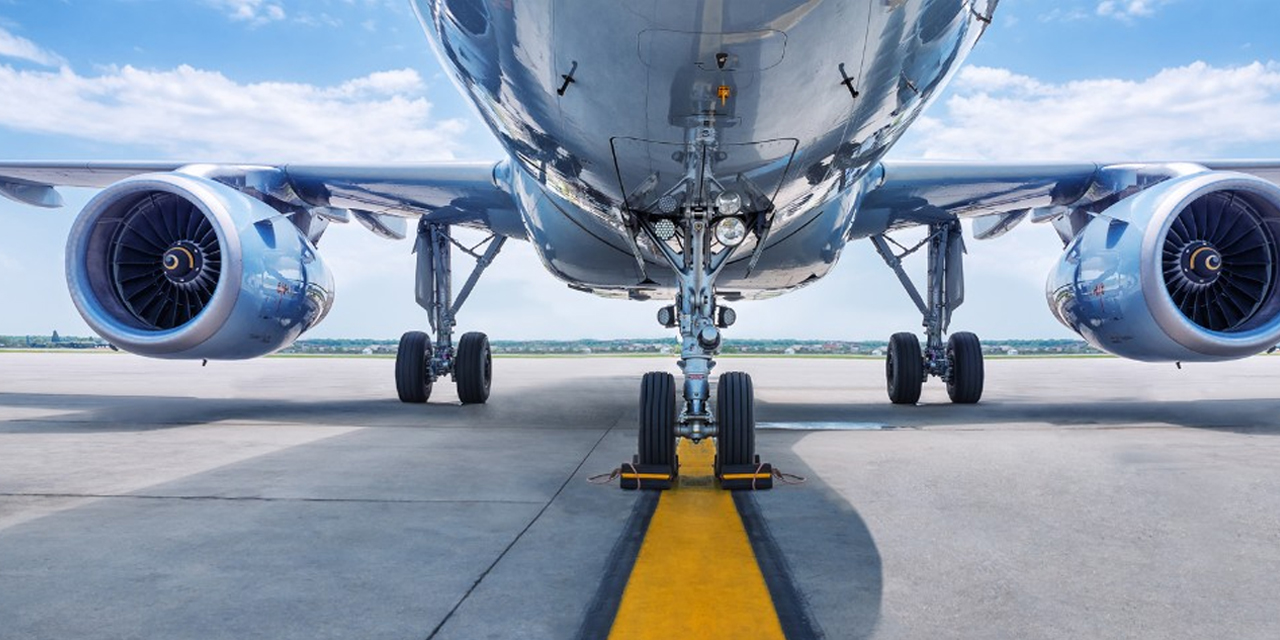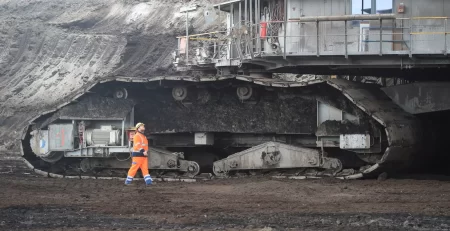Soaring Ahead: The Future of the Aviation Industry
The aviation industry, a cornerstone of global connectivity and economic progress, is on the brink of transformative change. As technology advances and environmental concerns drive innovation, the future of aviation promises unprecedented developments. This article explores the exciting prospects and challenges that lie ahead, shaping the trajectory of the aviation industry in the coming decades.
1. Electrification and Sustainable Aviation:
One of the most significant trends in the future of aviation is the shift toward electrification. Electric and hybrid-electric aircraft are being developed, promising lower carbon emissions and reduced reliance on fossil fuels. Sustainable aviation fuels derived from renewable sources are also gaining traction, aligning the industry with global efforts to combat climate change and promote environmental stewardship.
2. Advanced Air Mobility (AAM):
The emergence of Advanced Air Mobility, including electric vertical takeoff and landing (eVTOL) vehicles and urban air mobility (UAM) services, is set to revolutionize short-distance travel within urban areas. These innovations hold the potential to alleviate congestion, reduce commute times, and enhance overall transportation efficiency in densely populated regions.
3. Artificial Intelligence and Automation:
Artificial intelligence (AI) and automation are poised to enhance safety, efficiency, and decision-making processes in aviation. AI algorithms can optimize flight routes, predict maintenance needs, and improve air traffic management. Automation technologies, including autonomous flight systems and robotic ground operations, are streamlining processes and reducing human error, leading to more reliable and secure air travel.
4. Supersonic and Hypersonic Travel:
The return of supersonic travel is on the horizon, with companies developing aircraft capable of traveling at speeds exceeding Mach 1. Additionally, research into hypersonic flight, where aircraft can reach speeds greater than Mach 5, could revolutionize long-haul travel. These high-speed technologies have the potential to drastically reduce travel time, making long-distance journeys more accessible and efficient.
5. Passenger Experience and Connectivity:
The future of aviation is focused on enhancing passenger experience and connectivity. From interactive in-flight entertainment systems to high-speed internet access, airlines are investing in technologies that keep passengers connected and entertained throughout their journey. Virtual reality (VR) and augmented reality (AR) experiences may also become standard, offering immersive entertainment options onboard.
6. Space Tourism and Commercial Space Travel:
Advancements in space technology are opening the door to space tourism and commercial space travel. Private companies are working on spacecraft capable of carrying tourists to suborbital and orbital destinations. The commercialization of space travel has the potential to create a new industry, offering unique experiences beyond Earth’s atmosphere.
7. Regulatory and Infrastructure Challenges:
While the future of aviation holds immense promise, it is not without challenges. Regulatory frameworks need to adapt to accommodate new technologies and ensure safety standards. Additionally, investments in airport infrastructure, air traffic management systems, and sustainable aviation fuel production facilities are essential to support the industry’s growth and environmental goals.
In conclusion, the future of the aviation industry is marked by innovation, sustainability, and accessibility. As technology continues to advance, the industry is evolving to meet the demands of a growing global population while addressing environmental concerns. With a focus on electrification, automation, and enhanced passenger experiences, the aviation sector is set to revolutionize the way we travel, opening new frontiers and connecting the world in ways previously unimaginable.











Leave a Reply